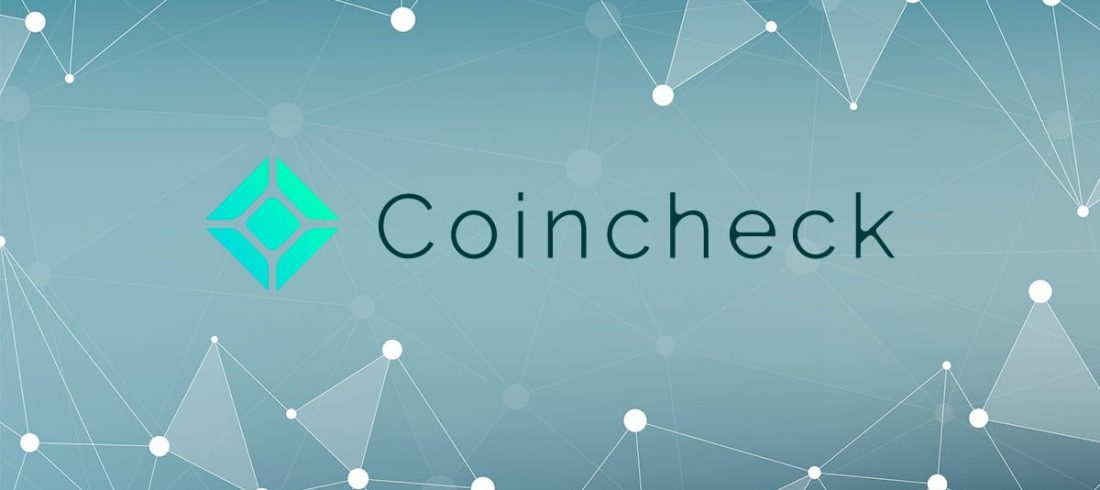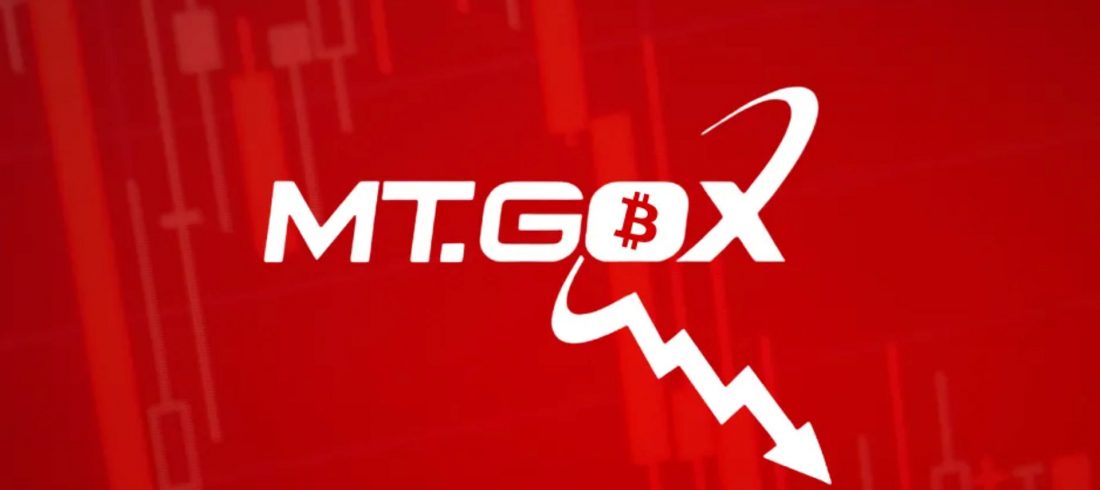Crypto Investigators is a Cryptosec company with a leading team of investigators and lawyers focused on investigating and recovering stolen or scammed cryptocurrency assets. These experts, with extensive experience in law enforcement and global investigations, are skilled in tracing blockchain activities, preparing official reports for legal cases, and providing expert testimony in court. Please note that Crypto Investigators provide services exclusively to corporations, law firms, family offices, and law enforcement agencies.
If you are an individual, victim of a crypto scam, please red this information first: Read First – Avoiding Crypto Recovery Scams
Below is a series of articles originally published on the Crypto Investigators website.










 Beware of crypto recovery scammers! Learn
Beware of crypto recovery scammers! Learn